The goal of behavioral finance is to identify the cognitive biases (1) that limit the performance of portfolios. These are biases that promote irrational decision-making.
What are the biases that prevent investors from making a rational choice? How does behavioral finance make it possible to become an informed investor in order to choose efficiently between the two? Are there solutions allowing informed investors to choose between active funds vs ETFs and generate performance in portfolios?
1- What are the cognitive biases that prevent investors from making a rational choice ?
In the active funds vs ETFs debate, we have identified 5 biases:
- Confirmation bias, only withholding information that confirms beliefs and ignoring information that contradicts them.
- Availability bias, the economic agent chooses easily accessible information without questioning its veracity.
- The repetition effect, increased the likelihood of feeling positive about something chosen already identified and become familiar.
- Group thinking, the act of conforming to the opinion of the consensus by evacuating legitimate questions about the realism or the rationality of the choice.
- The retrospective bias, persuading investors that they have rules allowing them to anticipate the future.
2- How does behavioral finance help choosing and improve portfolio performance?
To make a rational choice between active funds and ETFs, behavioral finance makes it possible to identify and then overcome the biases we have just mentioned and generate performance. The aim is to enable the investor to:
- Move away from received ideas about the merits of one or another management style,
- Look beyond the most easily available information,
- Do not let yourself be influenced by publications and articles which invariably bring the same conclusions,
- Go beyond the current consensus where many published studies seem to show inevitably the impossibility of active managers to outperform passive funds, by asking the real questions,
- Use indicators other than those of the past as well as different rankings between active and passive funds to find out what has really outperformed.
The behavioral finance approach allows to become an informed investor to choose efficiently between active funds vs ETFs.
3- How does BSD Investing provide solutions for informed investors to make the right choice between active funds and ETFs?
Thanks to its proprietary database, BSD Investing’s research has developed a 5-step (2) method that overcomes the various biases to rationally choose between active funds and ETFs and create performance in portfolios.
- Step 1 – Select funds that follow the same index. Optimal selection can only be done by using a database that compares funds according to the same index.
- Step 2 – Compare active funds with ETFs. It is essential to be able to make comparisons between all active funds and ETFs and not just between active funds and indices.
- Step 3 – Access a new database. To be optimal, the selection between active funds and ETFs should be based on a database that carefully restates fund information.
- Step 4 – Arrange new indicators that give an exact picture of what has really outperformed. The percentage of managers who outperform calculated by the market is inaccurate because it does not take into account all of the funds present over the entire period: such as funds that have expired or new funds. There is a need for investors to have access to indicators that give an accurate picture of what has really outperformed.
- Step 5 – Use allocation recommendations and rankings between active funds and ETFs to be able to determine the optimal allocation of portfolios between active and passive funds, investors need to know for each area or investment strategy whether the environment is more favorable to this or that management style. In addition, to choose well, investors must have access to the charts of the best active funds and ETFs by indexation.
Marlene Hassine Konqui




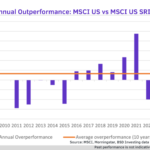
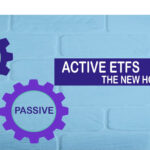

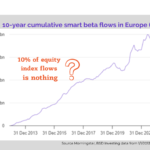

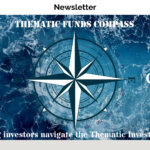
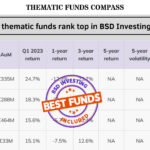
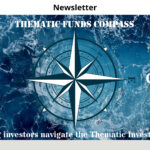

Leave a Reply
You must be logged in to post a comment.